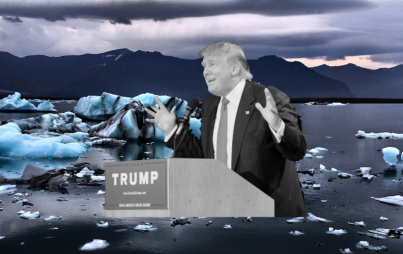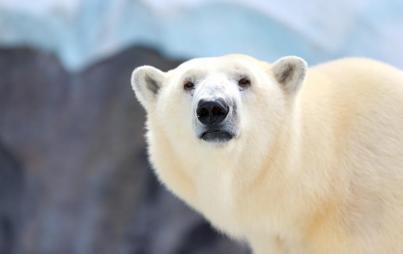
With human populations spread out across the earth, millennia of exploration under our belts and modern technology like satellite imagery, it’s easy to assume we’ve pretty much got the world’s geography all figured out. But lo and behold, there continue to be strange discoveries, and scientists confirm that there are parts of the planet that are simply still uncharted territory. Prime example: a research team recently discovered a fantastical peat bog—a type of wetland—in The Republic of the Congo.
Oh, and it's estimated to be the size of England.
The Soggy Discovery
The massive bog constitutes a whole lot of land to be kept off the human radar. But as one of the participating scientists explained, "Few people venture into these swamps, as they are quite difficult places to move around in” and sometimes they are only accessible “a couple of months a year, right at the end of the dry season.” While satellite imagery provided unclear pictures indicating a unique geographic feature in the area, it required a (terrifically uncomfortable) physical research trip to confirm the massive bog’s existence.
Besides enduring perpetually wet feet, the team had to build platforms in order to set up camp as they traveled, since the peat was as deep as 23 feet (good god—the claustrophobia!). And their trials didn’t end with thick terrain—during their three-week journey, they faced all manner of quintessentially African beasts, including gorillas, crocodiles and elephants.
Science Mysteries
In addition to providing a news bulletin in bizarre discoveries, the bog has great scientific interest for several reasons.
1) Peatlands form when plant matter doesn’t fully decompose, which requires “slow conditions” typically found in cold areas. It’s rare to find them in hot, humid climates, so this bog presents something of a mystery.
2) The material in the bog is likely thousands of years old, so analyzing it can shed light on the geographic history of Central Africa.
3) Bogs act as a sort of “carbon sink”—meaning carbon in vegetation gets stored long-term in these areas, which serves to take carbon out of the atmosphere. So studying the area could help scientists learn more about the global carbon cycle before humans started changing it in the industrialized modern era.
So the mega-bog is a serious discovery for Africa and science (a climate cycle and safari animal one-two punch!). The carbon findings should be useful for people who accept reality as reality, and completely irrelevant for those who only accept their personal ideology as reality (U.S. House Science Committee jab).
Image: ThinkStock






